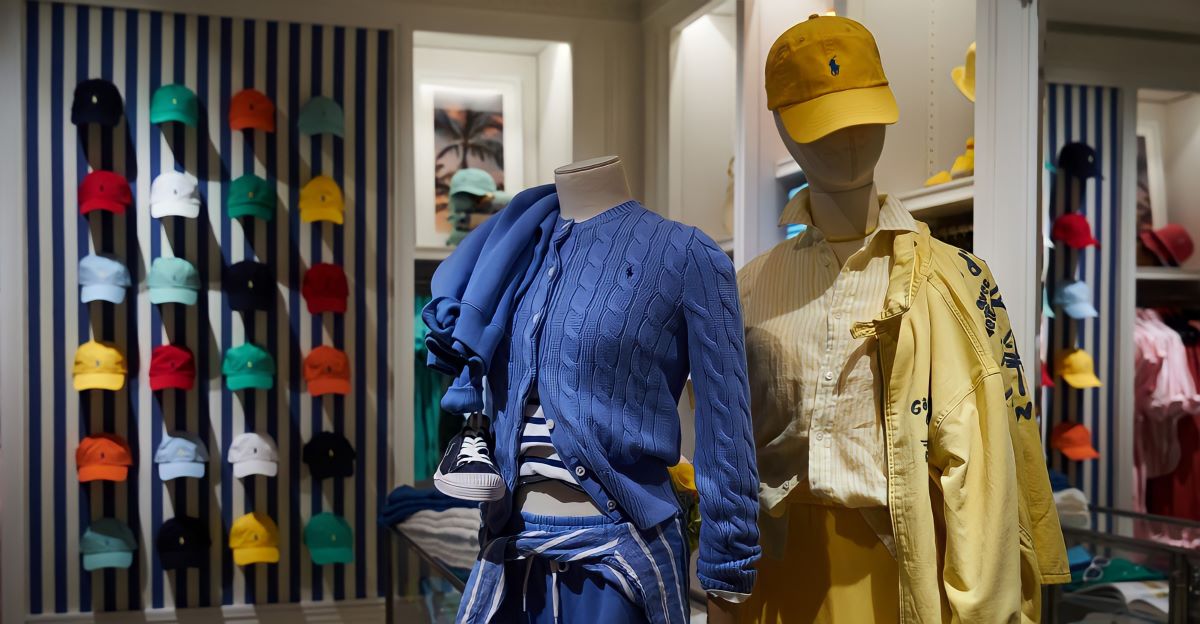
The recent decision U.S. government to decrease tariffs on small package imports from China marks a significant shift in trade policy, particularly impacting the fashion industry and e-commerce giants like Shein and Temu.
The decision comes in the midst of rising tariffs and trade tensions between the world’s two largest economies, raising the prospects of global supply chain disruptions and higher consumer prices.
The new executive order marks an attempt by the U.S. to de-escalate the trade war, also offering a temporary reprieve to the American consumer and Chinese exporters in a move that raises important questions about the future of cross-border commerce and fashion retail.
De Minimis Rule and Tariff Changes
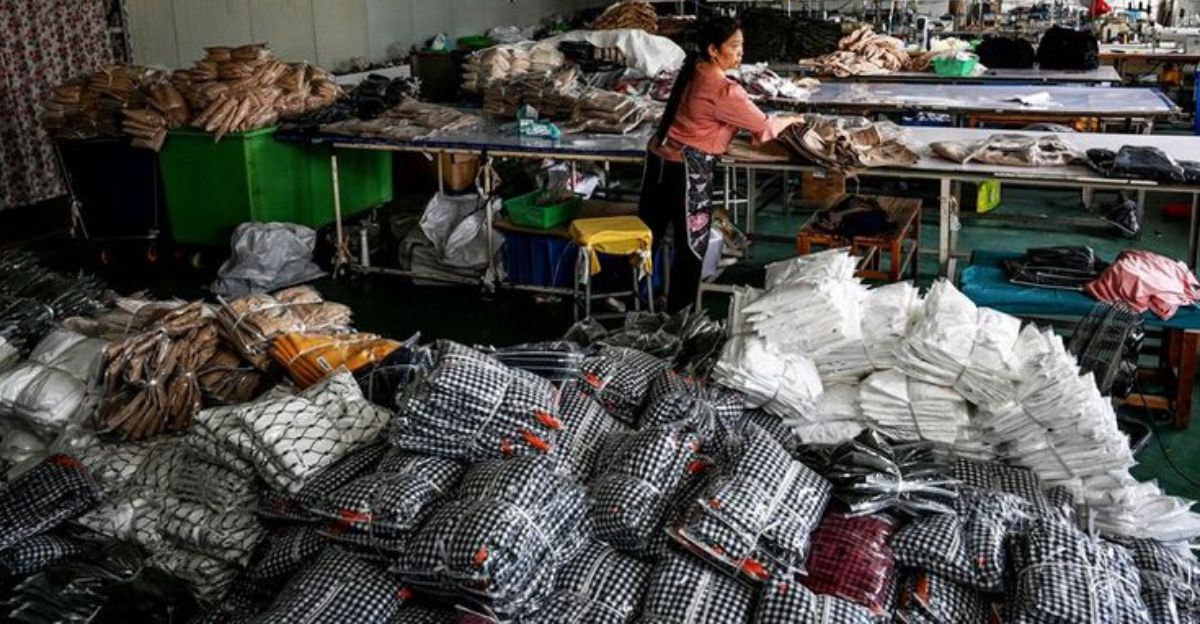
The so-called “de minimis” rule, established in 1938, allowed packages valued at up to $800 to enter the United States without being taxed and with minimal inspection. The Chinese e-commerce companies were quick to take advantage of this loophole, leading to a deluge of inexpensive goods entering the U.S. market.
This exemption was lifted in February by the Trump administration, which imposed a crippling 120% tariff or a flat fee of $200 fee per package, targeting companies like Shein and Temu, aiming to curb illicit imports, which include fentanyl.
New Tariffs and Implementation
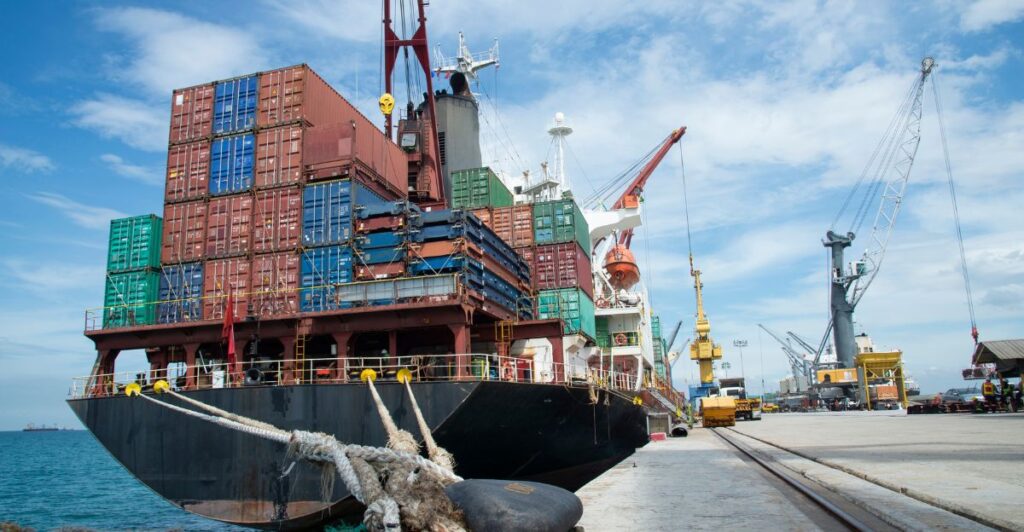
As a result of the new executive order, the U.S. will reduce the tariff on low-value shipments from China to 54%, instead of 120%, effective on May 14, 2025. The planned increase in the flat fee to $200, has been put on hold, keeping it at $100 per package.
For items handled by commercial delivery companies, the tariff rate defaults to 30%, down from 145%, reflecting a combination of reciprocal duty reductions and other increases that are linked to the U.S. fentanyl crisis.
How It Affects Chinese E-Commerce Giants
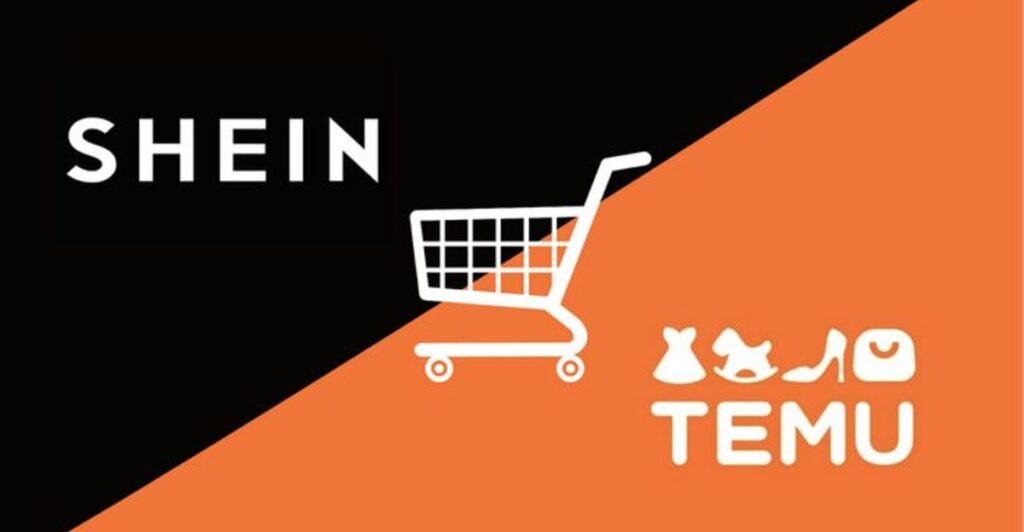
These shifts will also have a direct impact on the e-commerce platforms like Shein, and Temu who have built their businesses around high volume, low cost shipping to the U.S.
Previously, these companies benefitted from the de minimis exemption, which permitted them to offer ultra-low prices and rapid delivery.
The new tariffs erode their price advantage and could force them to reconsider their logistics strategies, potentially increasing costs for onsumers and slowing delivery times.
Implications for the Fashion Industry
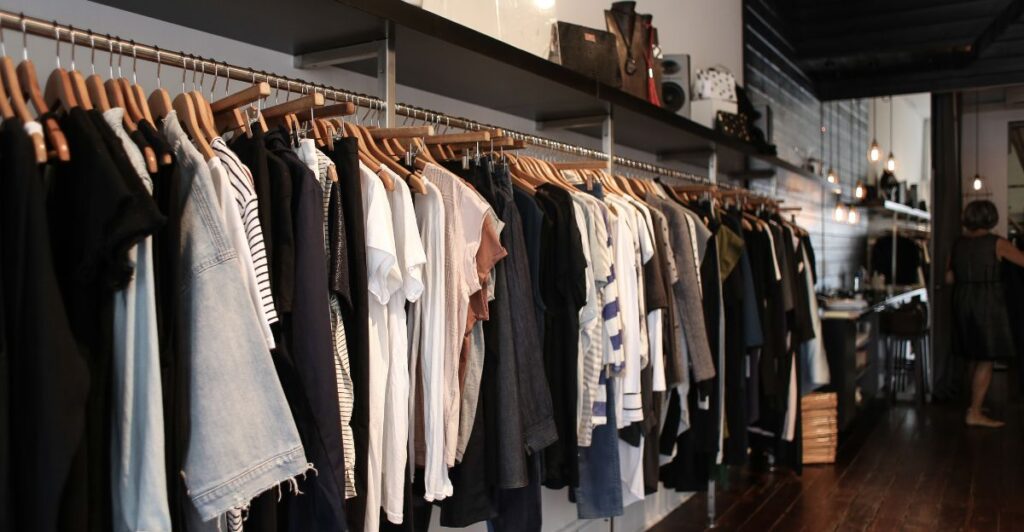
The fashion industry is particularly vulnerable to tariff hikes, as many brands and retailers rely on imports from China. The increased tariffs would translate into higher costs for sourcing materials and finished garments, which eventually could be passed on to consumers through higher prices.
Fast fashion retailers in particular will be the hardest hit; their business model relies on low production costs and rpaid turnover. Mid-range brands might have to cut back on production, switch suppliers or scale back on innovation to manage rising expenses.
Supply Chain Disruptions and Strategic Shifts
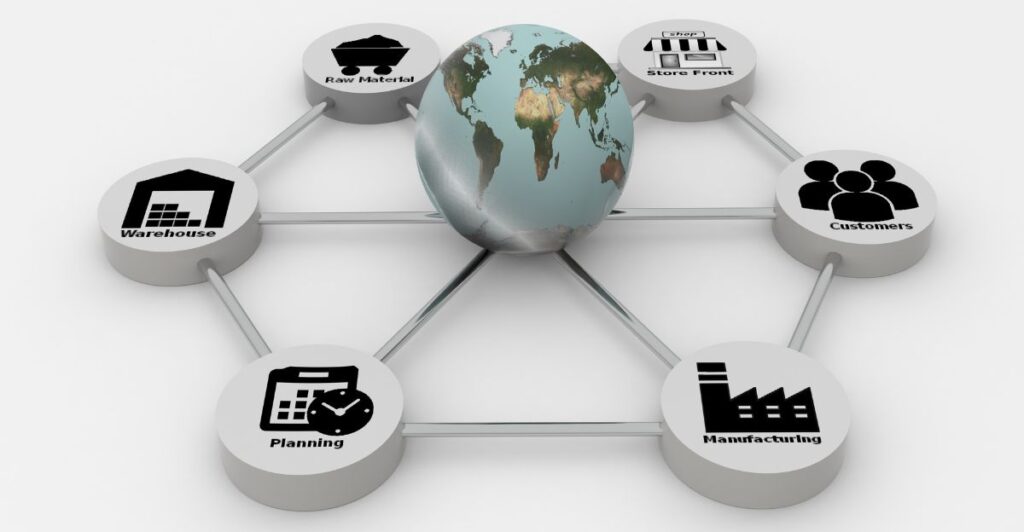
Tariff increases would likely disrupt existing supply chains, prompting companies to seek alternative sourcing options or connsider reshoring production to the U.S.
Some brands may shift manufacturing to countries with lower tariffs, while some might invest in automation and domestic facilities to offset the damage. However, such changes may take some time and may not entirely eliminate the short term cost pressures imposed by the new tariffs.
Consumer Impacts and Market Dynamics

Consumers are expected to feel the effects of higher tariffs through increased prices and potential delays in product availability. As shipping costs increase and customs scrutiny intensifies, online shoppers may see longer delivery times and fewer ultra-cheap options offered by Chinese retailers.
This might reduce demand, especially among price-sensitive demographic groups such as Gen Z and millennial consumers, and reshape the competitive landscape for online fashion retail.
Environmental and Sustainability Considerations

Some industry voices argue that closing the de minimis loophole and imposing higher tariffs could benefit the environment and pormote more sustainable fashion practices.
By discouraging the flood of low-cost, short-lived garments, the new polocies may encourage a shift toward a circular economy, where clothing is reused and recycled, reducing waste and carbon emissions. Resale platforms like ThredUp have hailed the decision as a win for sustainability.
Outlook and Industry Adaptation
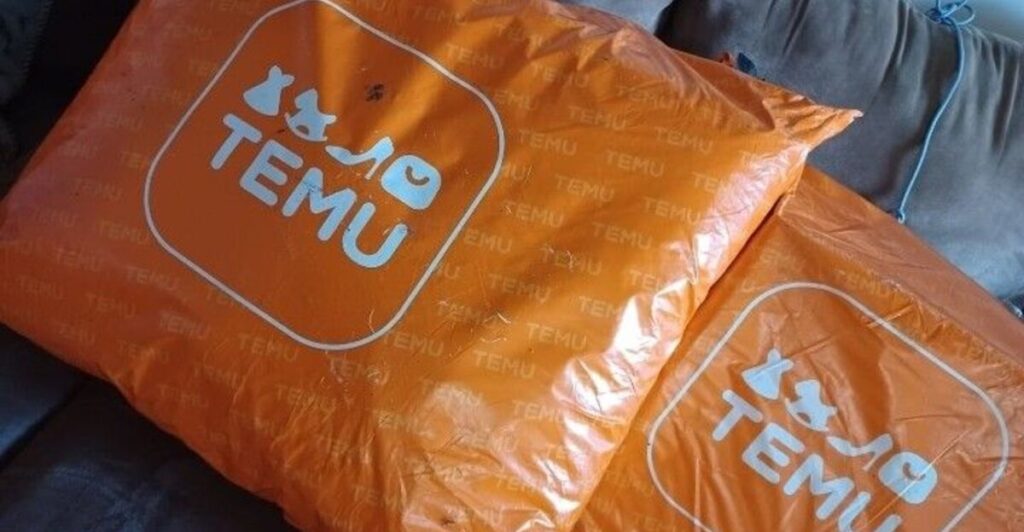
While the immediate impact of the tariff reduction is to ease tensions and provide relief to Chinese exporters, industry experts caution that the “golden age” of small package delivery from China to the U.S. may be over.
Retailers and manufacturers are expected to take a wait-and-see approach, monitoring additional policy shifts and trade negotiations. Over time, the fashion industry might respond by seeking diversified supply chains, investing in technology and exploring new markets in order to stay competitive.
The Future of Fashion and Trade

The U.S. decision to reduce the tariffs on small Chinese package imports is a significant moment for the global fashion industry. While it provides short-term relief and de-escalates trade tensions, the underlying challenges of rising cosats, shifting supply chain, and evolving consumer expectations remain.
As the industry navigates this new landscape, brands will need to innovate and adapt to ensure resilience, while policymakers continue to balance economic, security and sustainability goal in international trade.
Discover more DIY hacks and style inspo- Follow us to keep the glow-up coming to your feed!
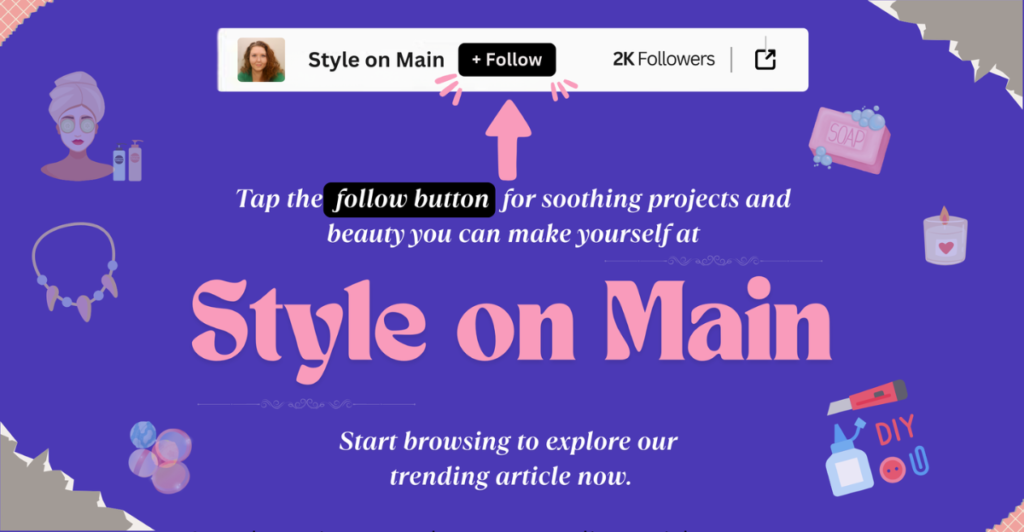
Love content like this? Tap Follow at the top of the page to stay in the loop with the latest beauty trends, DIY tips, and style inspo. Don’t forget to share your thoughts in the comments — we love hearing from you!